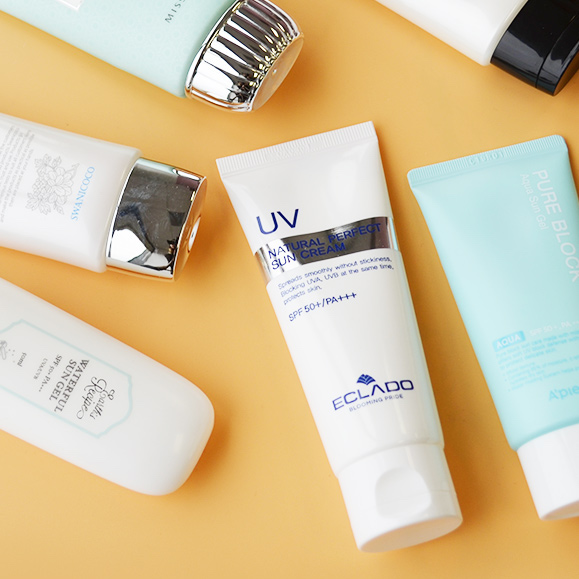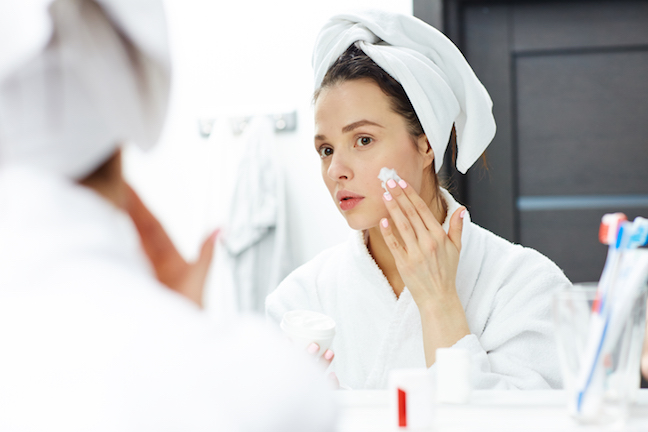Who Knew?! Surprising Sun Protection Facts From Chemist Beauty Guru Lab Muffin
Have you ever wondered if you were really protected from UV rays in the shade? In your car? Under your clothes? We have, so we turned to science educator and chemistry PhD Michelle Wong, the beauty and brains behind the influential beauty blog Lab Muffin, to get the answers to our most burning sun protection questions. Oh, and she shatters some sun protection myths along the way. (Hello chemicals!) Prepare to have your mind blown with these surprising sun protection facts.
Sun protection is regarded as the most important part of the morning skincare routine. Applying sunscreen throughout the day is the best way to prevent signs of aging, protect yourself against developing skin cancer, and reduce irritating skin disorders, such as rosacea.
We’ve covered a few sun care basics before: apply it every day, reapply it every two hours, and gently pat it into the skin for effective coverage. But many of us still have more questions than answers: Do moisturizers and makeup with SPF protect me just as well as regular sunscreen? How much protection am I getting in the shade? Do I need to reapply my sunscreen even if I'm not in the sun?
We decided to turn to Michelle Wong, a chemistry PhD and the one-woman show behind the science savvy beauty blog Lab Muffin, to answer all of our burning questions about sun protection.

The sun produces two types of ultraviolet light that affects the skin: UVA and UVB. What does each do to the skin?
Michelle Wong: UVB has a shorter wavelength than UVA. What this means is UVA can penetrate deeper into the skin than UVB. UVB only goes through the epidermis to the upper dermis, while UVA can penetrate into the lower dermis.
UVB mostly causes direct damage to DNA, while UVA mostly causes indirect damage to DNA by producing highly reactive free radicals.
UVB mostly causes burning, and UVA mostly causes signs of aging like loss of elasticity and wrinkling, although there’s a lot of overlap — UVB also causes aging, and UVA is also responsible for some of the redness in sunburns. Both UVB and UVA can contribute to the formation of skin cancers.
What are the differences between physical and chemical sunscreens? Is one superior to the other?
MW: Chemical and physical aren’t very accurate ways of categorizing sunscreens. Originally, it was thought that chemical sunscreens absorb UV and turn it into heat, while physical sunscreens reflect and scatter UV, but physical sunscreens actually mostly work the same way as chemical sunscreens — about 95% of the UV that hits a physical sunscreen is converted to heat and only 5% is scattered or reflected.
The sunscreens most people refer to as chemical are the organic sunscreen ingredients, which are based on carbon and hydrogen structures, while mineral or inorganic sunscreens zinc oxide and titanium dioxide are called physical sunscreens, even though they’re also chemicals!
The main difference is that some of the more common organic sunscreens can cause allergic and irritant reactions in some people, while inorganic sunscreens are less likely to do this. But there are a lot of organic sunscreens that don’t cause reactions, especially the ones that have been developed more recently. Organic sunscreens also tend to give higher UV protection and have lighter textures.
There are so many labels on Asian sunscreen products. Could you please break down the most common ones: SPF, UVA, PPD, and PA?
MW: SPF stands for sun protection factor and measures how well a sunscreen protects you from burning. Higher SPF means more protection. If you have the full amount (2 mg per square centimeter) of an SPF 30 sunscreen on your skin, you’ll be able to handle 30 times as much UV from the sun before burning, compared to bare skin.
UVA refers to the longer wavelengths of UV, between UVB and visible light. The wavelengths in UVA are between 320 and 400 nm.
PPD stands for persistent pigment darkening and refers to the protection a sunscreen gives against a certain type of pigmentation that’s caused by UVA. It’s become the main way of measuring UVA protection in sunscreens. It’s given as a number that works a lot like SPF — it tells you how much more UVA your skin can handle before persistent pigment darkening happens, although it’s a lot less precise and standardized than SPF.
PA divides up PPD into categories:
PA+ means PPD 2 – 4PA++ means PPD 4 – 8PA+++ means PPD 8 – 16PA++++ means PPD higher than 16
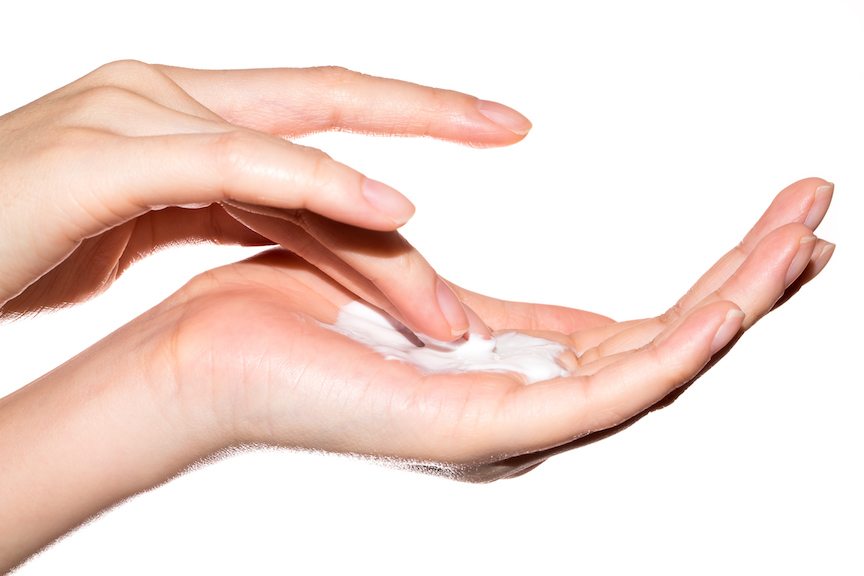
OK, so now we know what everything means. What is the ideal amount of protection that everyone should strive to use?
MW: It really depends on your skin and lifestyle — for example, how pale your skin is, how prone to pigmentation it is, whether you have a family history of skin cancer, how much sun exposure you get throughout the day. Generally you want to go as high as you can, and daily sunscreen should be higher than SPF 15. You also want to apply as close as possible to the full amount of 2 mg per square centimeter, which translates to around ¼ teaspoon for your face.
Which ingredients should we avoid and embrace in our sunscreens?
MW: What you want to avoid depends on your skin. If your skin is dehydration-prone, then you might want to avoid sunscreens with a lot of alcohol or use a hydrating toner with them. If you have a specific sensitivity, you’ll want to avoid that sunscreen ingredient.
My skin is quite pigmentation-prone, so I like to use the newer sunscreens that give higher protection against UVA and are more stable in UV light, like Tinosorb S and M. In general, the newer sunscreen ingredients (which are unfortunately not widely available in the U.S. yet) are more photostable and give greater protection with lighter sunscreen textures.
I apply my sunscreen every day. Do I need to reapply it periodically if I'm not in the sun?
MW: If you’re going to get a lot of sun, you’ll want to apply it periodically. Sunscreen doesn’t just wear off while you’re in the sun — the sweat and oil and water evaporation from your skin will disturb the sunscreen layer and make it break up and turn uneven, like a layer of foundation that moves on your skin throughout the day. Some ingredients in the sunscreen layer also evaporate over time and change how the layer sits. If you brush against the sunscreen layer, you’ll also disturb it. That’s why it’s recommended that you reapply your sunscreen every two hours. But if you aren’t going to get a lot of sun — if you’re just going outside to and from your office, for example — then reapplication might not be necessary.
Do moisturizers and makeup with SPF protect me just as well as regular sunscreen?
MW: They generally will if you apply the same amount. Unfortunately, for the vast majority of makeup products that’s unlikely unless you really cake the product on! There are a few extra bonuses with some sunscreens as well, depending on the regulations in the country where you buy the sunscreen. In Australia for example, sunscreens are more likely to be water-resistant, and in some places broad spectrum protection that includes UVA protection is only mandatory for products that call themselves sunscreens.
Sunscreen is the superhero, but does it have a sidekick? Can certain antioxidants enhance the effectiveness of my sunscreen?
MW: Antioxidants can make sunscreens more effective. They soak up the reactive free radicals that can cause skin damage! The most effective antioxidants that you can find in lots of products are vitamin C, vitamin E, ferulic acid, coenzyme Q10, and green tea polyphenols.
Can applying acids to the skin increase sensitivity to the sun?
MW: Glycolic acid, an alpha hydroxy acid antioxidant, has been found to increase sun sensitivity if you’re using it, even if it isn’t physically on your skin — the sensitivity has been found to last at least seven days after you finish using it. It’s likely that other alpha hydroxy acid exfoliants like lactic acid might do the same thing. Interestingly, in the same study salicylic acid (also known as beta hydroxy acid) didn’t have the same effect!
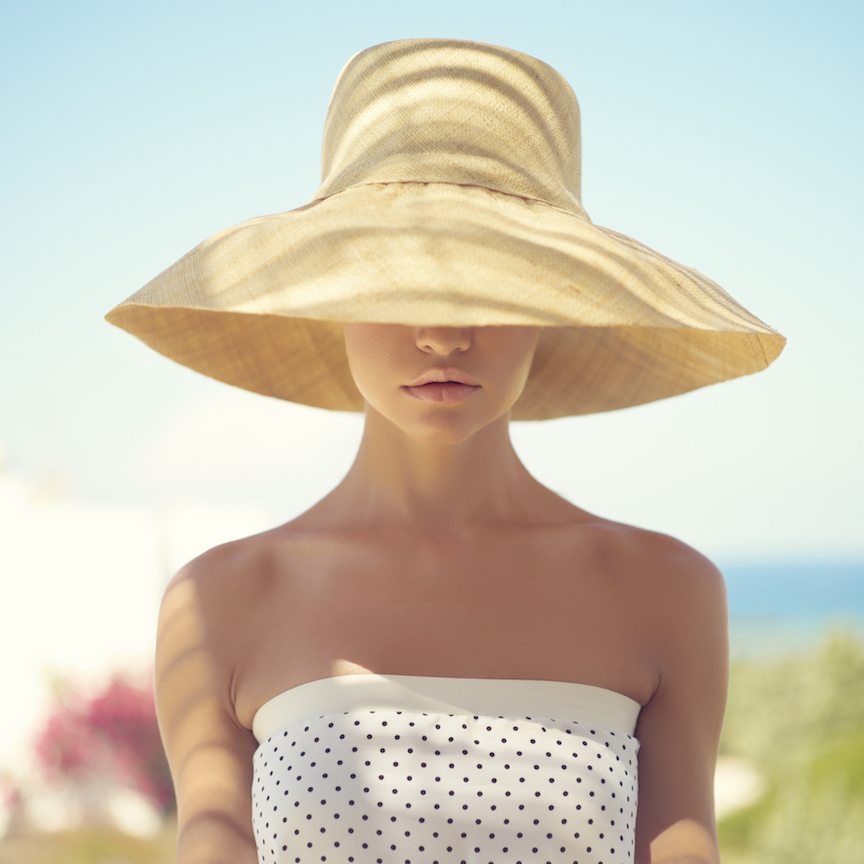
How much protection am I getting in the shade? If there's a shadow across my face from a hat or I'm in the shade, am I fully protected from UV rays?
MW: Shade occurs where direct visible light is blocked out, but not all of the light is blocked out — you can tell because you can still see in the shade! But it does block out a lot of the UV, and it can be much more effective than sunscreen. Visible light and UV also don’t act exactly the same way so judging based on visible light isn’t 100% foolproof. You should always use sunscreen in conjunction with other sun protection methods like staying in the shade as much as possible and wearing sun protective hats, sunglasses, and clothes.
Does my white T-shirt protect me from UV rays? Can clothing coverage replace sun protection?
MW: Most clothing will protect against some UV, although the exact amount depends on the material, the color, how the fabric’s been treated, and the way the fibers are weaved. Polyester is the most sun protective material, and darker colors tend to give more protection. Denser fabrics give more protection as well.
Interestingly, cotton seems to get more protective after a few washes since the fibers shrink slightly and the shirt gets denser!
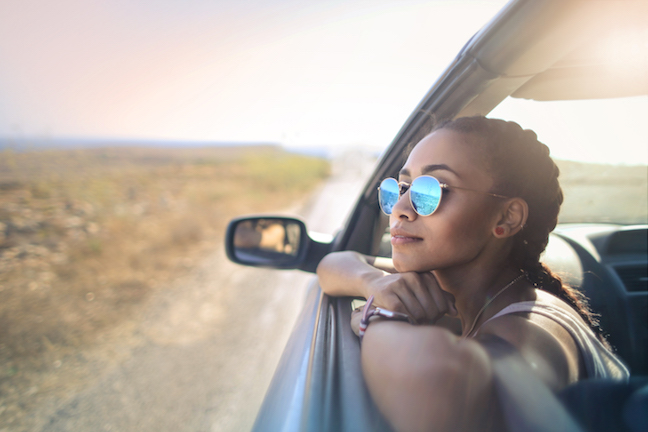
Do UV rays penetrate windows and reflect off water, sand, and concrete?
MW: Regular window glass blocks out UVB and some UVA, but protective films can block out more. Car windscreens block out around 98–100% of UVA, but side windows let more through.
UV rays also reflect off surfaces like water, sand, snow and concrete.
Are UV lamps from gel nails bad for you?
MW: The risk seems to be very low, but if you’re worried you can wear fingerless gloves while getting a gel manicure.
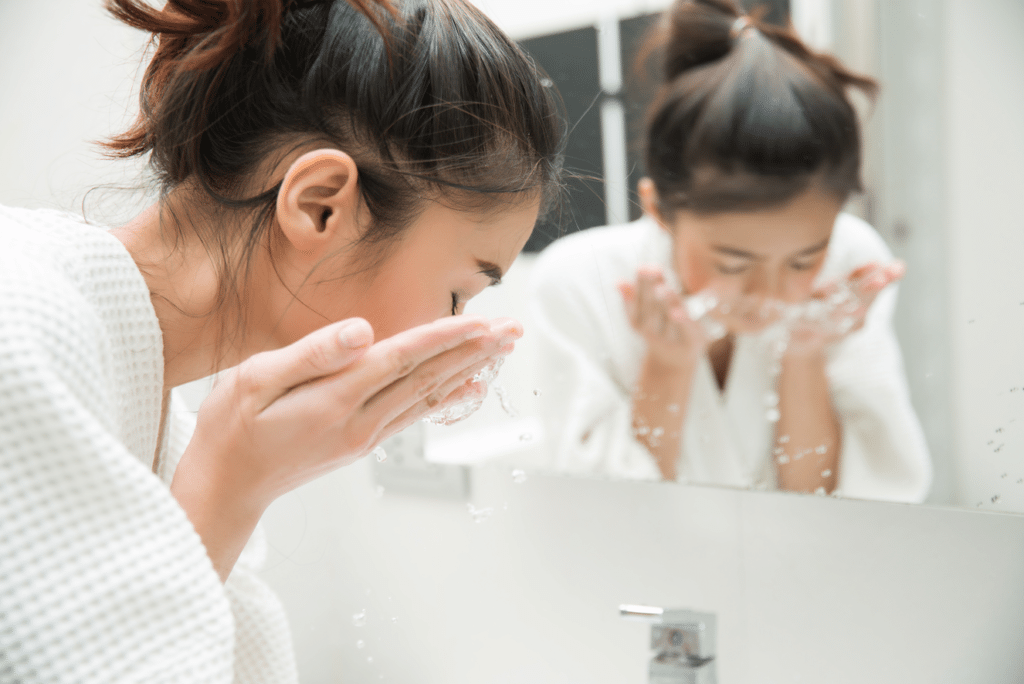
Is the double cleaning method enough to remove all traces of sunscreen from my face? Do I need to take any other steps?
MW: It depends on the sunscreen and your cleansing method, but generally it should be enough, and removing all traces of sunscreen isn’t strictly necessary.
What are your favorite sunscreens?
MW: I mostly look for newer UV filters, lightweight texture, and lack of clogging — my skin is very prone to clogging up! My favorite sunscreens at the moment are Ultraceuticals Daily Moisturiser, Canmake Mermaid UV Gel, and Natio Daily Defence.
Did any of these sun protection facts surprise you at all? Do you have any sun protection questions for Michelle? Ask away in the comments below!
Loading...
